Ankle Foot Orthosis (brace)
For immobilization of the ankle, and sometimes for foot problems, the first choice is a walker boot, pictured below left. However, since the sole of the walker boot has a height or thickness that is more than a normal shoe, the walker boot creates a leg length difference that can make walking awkward and sometimes cause back pain.
There is a product one patient told me about that they found online, where the normal foot is also elevated, to make the leg lengths closer to equal which is helpful during the time the walker boot is being used.
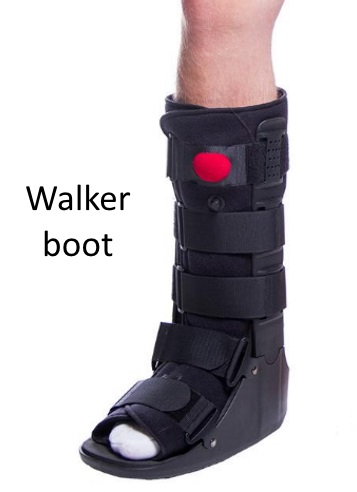
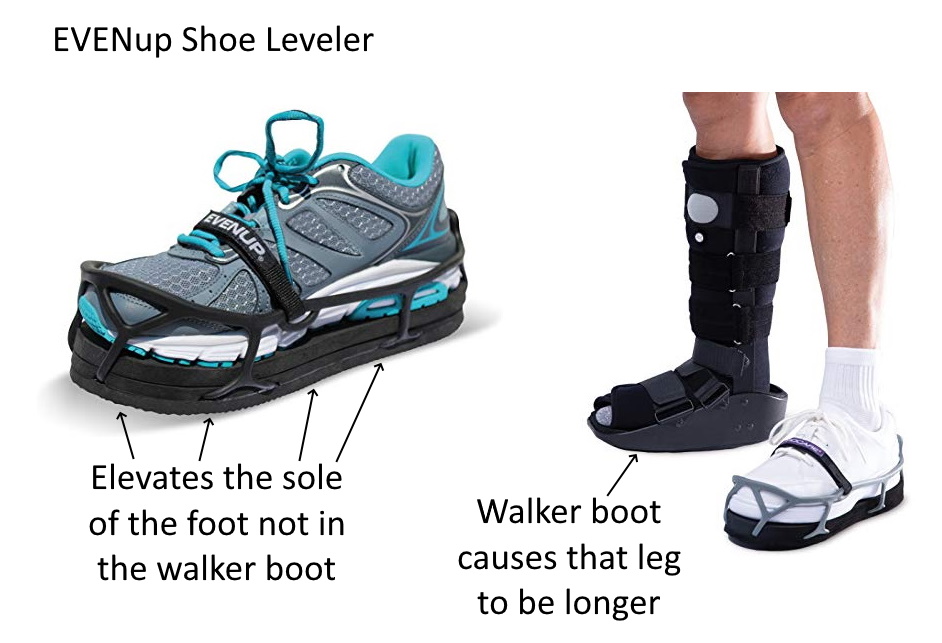
However, sometimes a longer lasting support is needed that is custom molded to the patient's specific anatomy. This type of brace, which is called an "orthosis," can provide more durable support. The abbreviation "AFO" stands for Ankle Foot Orthosis.
Examples of AFO's are pictured here to the right.
With this brace (AFO), the patient is able to bear weight, and usually can wear a regular shoe, although sometimes the side with the brace requires a half size bigger shoe to accommodate the fact that the AFO has some thickness to bear the stresses.
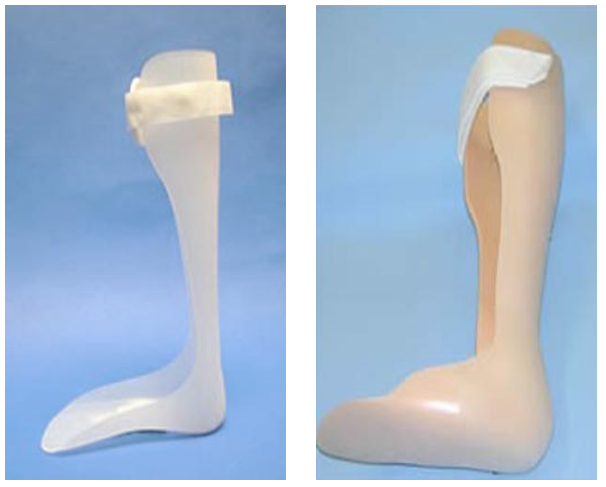
AFO's are usually padded, and sometimes will require adjustments by the orthotist (brace provider), as foot shapes can change in subtle ways over time. Since the AFO prevents the ankle from moving up and down (dorsi and plantar flexing), the normal gait cycle can be altered. The movements of the unbraced ankle in the normal gait cycle are illustrated below.
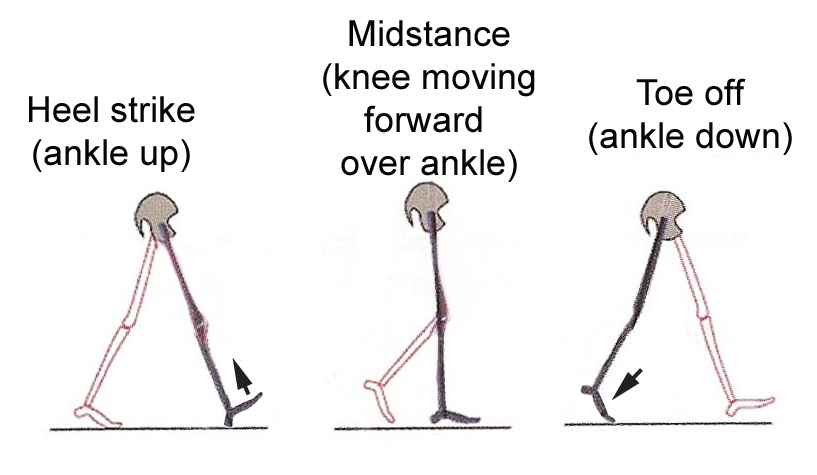
To accommodate the limitation of motion caused by the brace, a modification is needed for the shoe called a "rocker bottom" which allows the foot to roll from the heel to the midsole to the toe. Either the shoe needs to be modified to have a rocker bottom, or there are some types that are available commercially. An example of a commercially appropriate shoe is pictured here from the Sketcher company, their Shape Up brand.

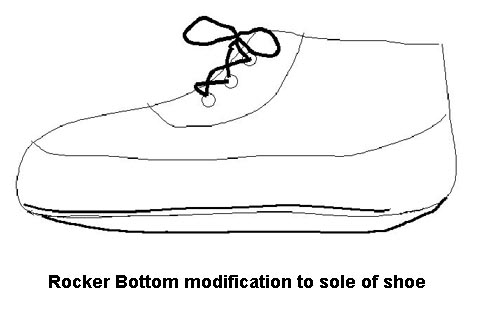
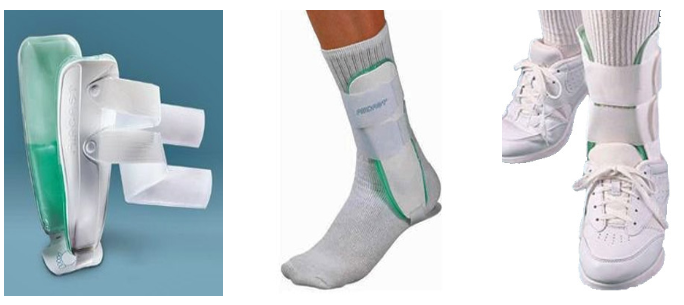
Aircast Stirrup (or lace up ankle brace)
Sometimes, for more limited instability, or when less support is needed, a brace can be used that allows for some up and down motion of the ankle, but gives more restriction to the side to side (subtalar) motion. This brace looks like a stirrup, fitting on the inside and outside of the ankle by a strap under the heel, and straps around the leg just above the ankle. This more limited brace can usually be worn within a lace up shoe.
These stirrup braces are often available on ebay.com or Amazon.com.
Very often, choosing an ankle brace is trial and error. There are many available without a prescription that can help with ankle pain, but also, they can only do so much.
These braces won't make an unstable ankle become stable, but they're better than nothing.
Also, the more one relies on a brace, the less the muscles have to do the work, so they can become weaker.

